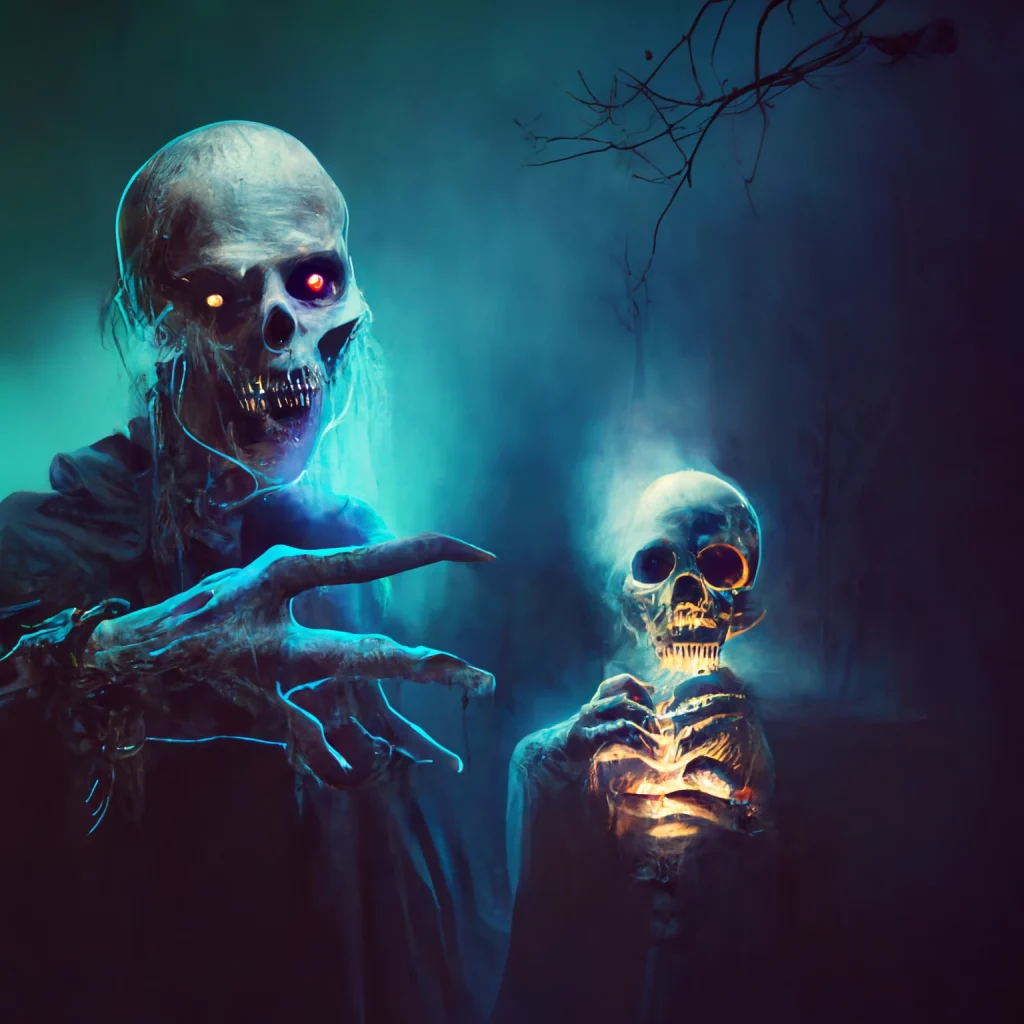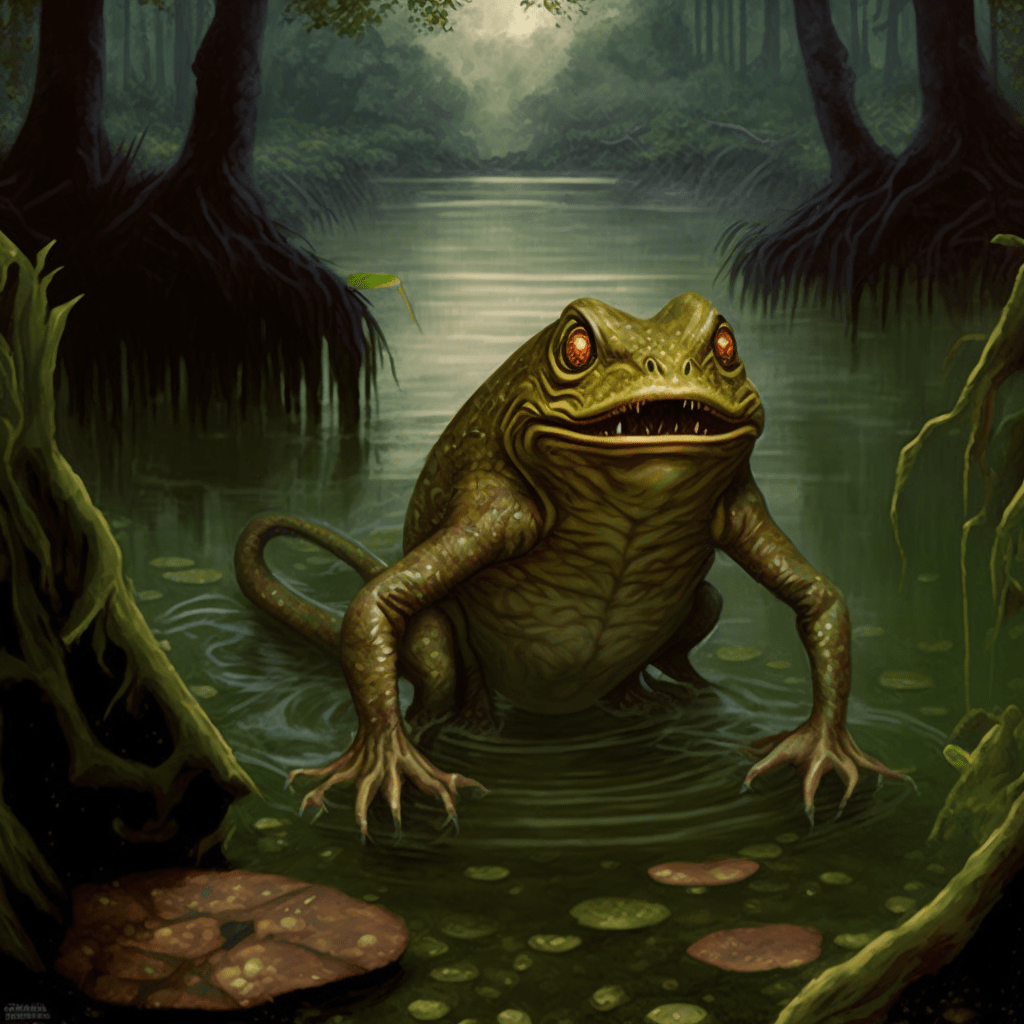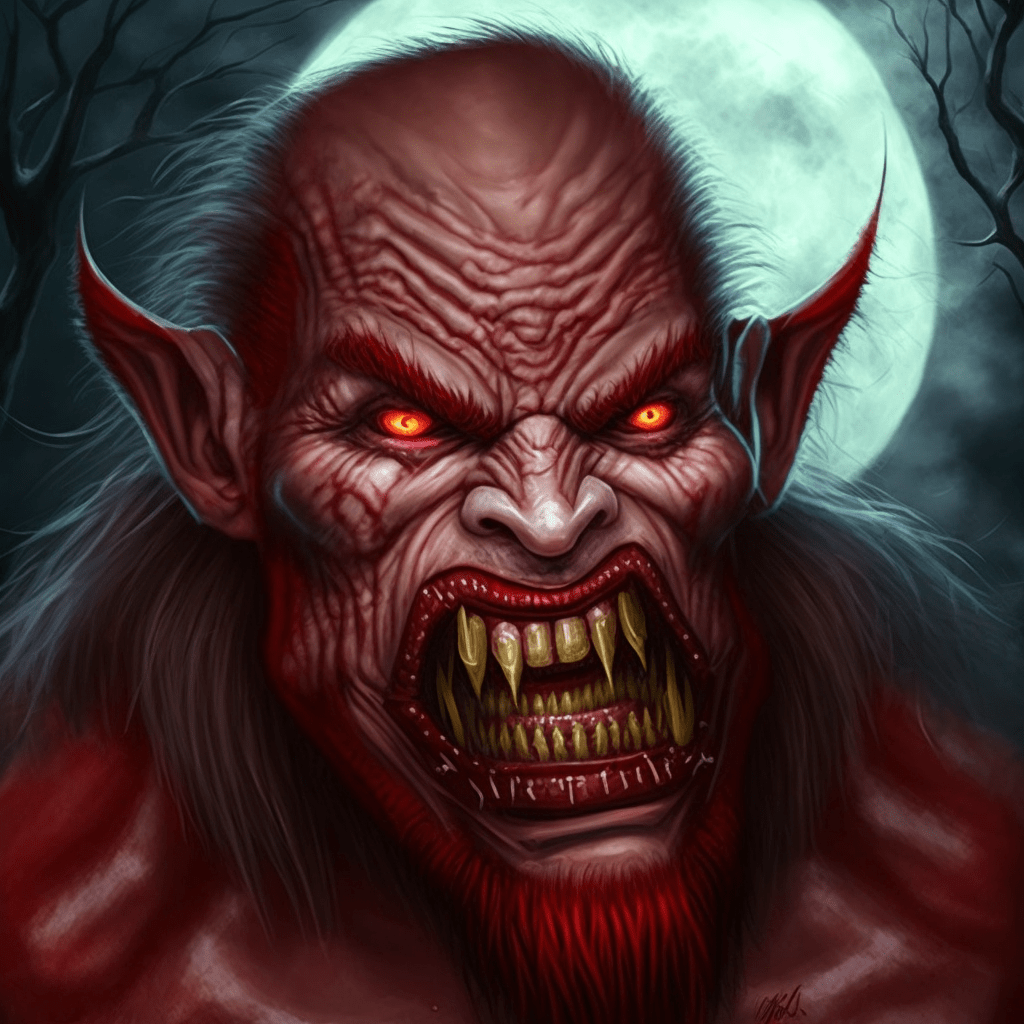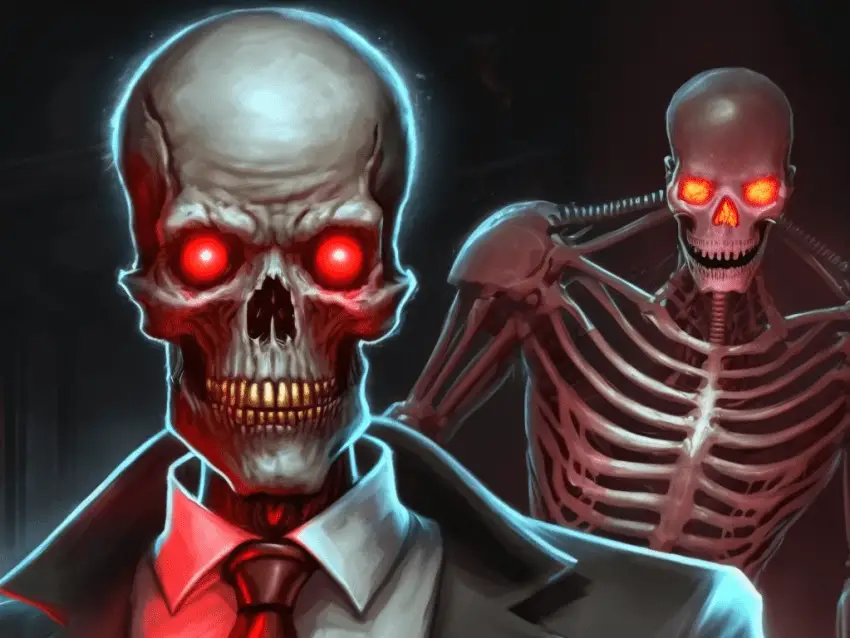Share the Lore!
By: Sid Meyers
Who Are Bloody Bone And Rawhead – Boogeyman? Myth To Scare Kids?
The eerie nursery rhyme has embedded itself into British and North American folklore. It features a headless skeleton that dances next to a disembodied skull, stripped of its skin, bloody and raw.
The creepy nursery rhyme and its inspiring stories have been told around campfires and wormed their way into music, books, and film.
The terrifying boogeyman-like figure is sometimes one entity, other times two, and has gone by many names: Rawhead, Raw head, Bloody Bones, Old Bloody Bones, Tommy Rawhead, and Rawhead and Bloody Bones.
Versions of the tale are so pervasive that two US presidents have used the term to refer to their public image, Andrew Jackson and Thomas Jefferson.
In the letter penned by Jefferson, he wrote, “[T]here are fanatics both in religion and politics who without knowing me personally have long been taught to consider me as a rawhead & bloody bones.”

The Mysterious Origins Of Bloody Bones And Rawhead
The origins of Bloody Bone and Rawhead are murky. The popular theory is the legendary creatures originated in the United Kingdom circa the 1500s and made it over to North America, where they became intertwined with Southern folklore, especially amongst African-American communities.
But there are theories that African folklore became intertwined with Irish, Scottish, Welsh, and English legends.
The reason for this who influenced who is the slave trade, as the enslaved brought their tales with them from Africa.
Textually, the first sign of “Blooddybone” in the UK was in 1548, according to the Oxford Dictionary, citing Our Faythfull Secretaryes, Hobgoblyn, and BlooddyBone.
It is nearly twenty years later, in 1566, that Oxford Dictionary cites a work with Rawhead, although “bloudy bone” also makes an appearance:
“There is not that Discretion or Consideration, by which they may put a difference between their Gramothers tale of Bloudy bone, Raw head, Bloudelesse and Ware woulf, and the Churches Doctrin of Hell and the Deuill.
John Locke’s famous reference to “Raw-Head and Bloody Bones” didn’t happen for hundred years later, in 1693, in Some Thought Concerning Education. In the text, Locke’ cites the story as a way for parents to keep their children “in subjection.”
So while the US slave trade didn’t gain steam until 1619, the British began the practice in the 1500s. Thus, African people were present in England around the same period Bloody Bones appears in written records and had been there for over a century by the time Locke referenced the myth.
However, the history of the enslaved was not well recorded, making it difficult to establish who first influenced who regarding Bloody Bones.
Is Bloody Bones And Rawhead A Boogeyman?
[He] takes them to his dirty den / And they are never seen again…
Bloody Bones and Rawhead are often considered a type of boogeyman, a child-snatching monster that stalks the night.
The first mentions of Bloody Bones link him to a hobgoblin, a term that has roots in Robin Goodfellow, an elf or fairy, and the basis of Shakespeare’s famous character, Puck.
But while Robin Goodfellow is often painted as a cheeky, mischievous trickster, who was best avoided and somewhat feared, he was not a horrifying monster. Yet the first mentions of Bloody Bones allude to ties of the Devil himself.
Bloody Bones and Rawhead’s depictions do not have charm but are creatures of terror like the boogeyman.
But Bloody Bones did not originate in children’s bedrooms but in British ponds, waiting for children to become carelessly close, so he could drown them.
The water-dwelling origin story forms the foundation of why adults originally used the tale to scare their children. Stressed-out parents, terrified of their little one’s drowning, would channel that fear into their darling’s hearts, hoping they’d steer clear of deep water.
In the water-dwelling versions, Bloody Bones often resembles a boggart, which can be a shape-shifting spirit or a type of goblin.

The boggart-like versions of the myth point to the original tales that Bloody Bones was once a living man.
Only as the tale evolved did Bloody Bones begin migrating from ponds, wells, and lakes into children’s bedrooms, taking on a more boogeyman persona.
Bloody Bones And Rawhead Resemble The Boo-Hag
Rawhead might be ugly and gruesome to behold, but the most feared feature is the bite. The descriptions vary from a vampire-like man’s skull to a werewolf-like hog’s head, all featuring sharp, deadly teeth.
Thus, when Bloody Bones is paired with Rawhead, they create a horror resembling Boo-hag, a mythical creature from the Gullah Geechee culture. Like Rawhead, they have no skin but acquire it from their victims, wearing it during the day until it wears out and then replacing it.
But the Boo-hag must feed, and like vampires, they depend on humans for sustenance. They slip into bedrooms and lurk, much like a bogeyman, to find their prey. However, instead of blood, the Boo-hag feast on human breath.

Bloody Bones And Rawhead: A Tale Of Revenge
Not all incarnations of Blood Bones and Rawhead are told to keep children from danger. Some are a tale of revenge against a lazy hunter.
Rawhead is the main character in these versions, resembling a hog crossed with a werewolf. One of the most well-known modern versions of this Rawhead is found in the Dresden Files, first appearing in the fourteenth book in the series Cold Days.
The root of the hog-Rawhead is in the Ozarks, the highlands that stretch across parts of Missouri, Arkansas, Oklahoma, and a corner of Kansas.
The classic tale has been retold by S.E. Schlosser in the collection Spooky South and was republished at American Folklore for people to read for free. In this tale, the bloody bones are not a separate monster or entity but part of Raw Head.
The story begins with an old lady and her beloved hog, Raw Head. But one day, he goes missing, and she discovers a lazy hunter has killed him.
In her grief and rage, the old lady brings the remains of her hog back to life, and he acquires some new body parts: teeth from a panther, claws from a bear, and a tail from a raccoon. Then Red Raw goes hunting for the hunter, who is never seen again.
Bloody Bones And Rawhead: Keeping Children In Line
You don’t have to reach far into history to hear examples of Bloody Bones And Rawhead being used to keep children in line. Dolly Parton recounted the tale for an audience back in 2012.
She tells the audience her mother was doing the best she could and admits the story worked, keeping the numerous children in bed. However, Parton also confesses that at least one kid would wet the bed.
Perhaps save the scary tales for moments around the campfire with people who appreciate and use more modern parenting techniques to keep the kids in bed. It’s not only kinder, but it will also save on laundry.
Resources:
- Bloody Bones: A History of Southern Scares
- Raw Head and Bloody Bones: American Folklore
- The Tale of Raw Head and Bloody by Jack Wolf: Review
- Bloody Bones: Oxford English Dictionary
- Raw-head: Oxford English Dictionary

